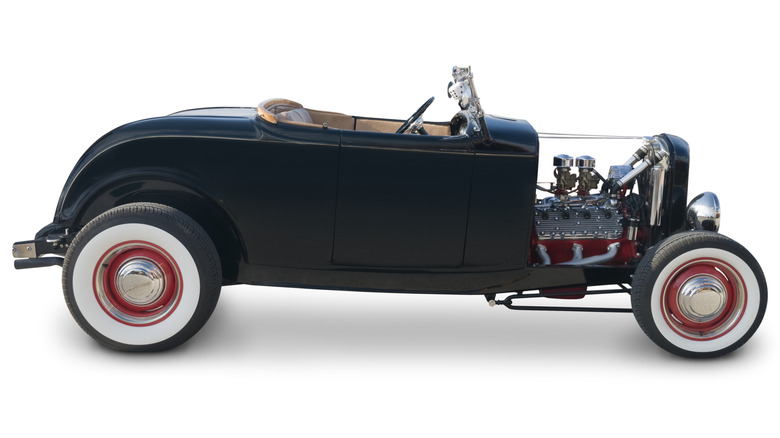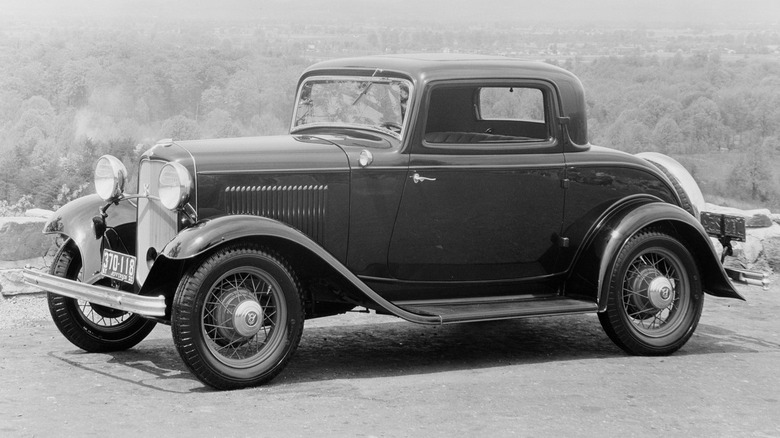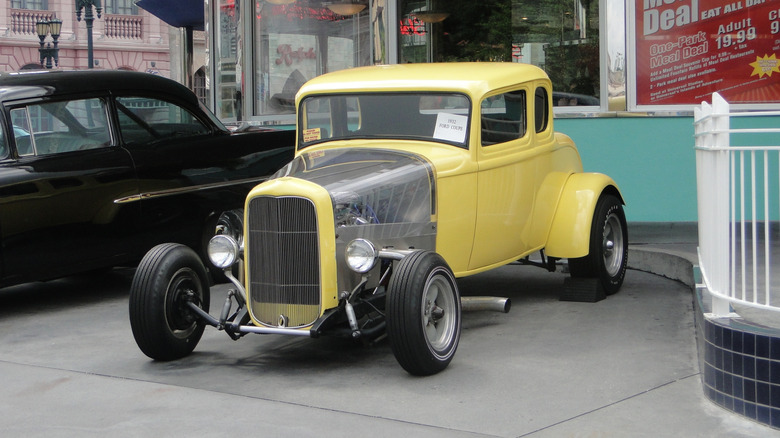Why Is The 1932 Ford Called A Deuce?
You've probably heard the name before, even if you can't recognize a Ford "Deuce" by its shape or details. Perhaps it was while listening to The Beach Boys, while walking around a car show, or maybe you were watching "American Graffiti." So, how exactly did one Ford automobile, from one specific model year, become so prolific that it's known across both car culture and popular culture itself as the "Deuce" roadster? It all starts back in 1932.
That was the year when Ford introduced its groundbreaking replacement for the Model A. Deuce is a slang term for "two," often used while playing cards or rolling dice. So, from the year 1932, you get "Deuce." The nickname is simple, but the car and its impact on hot-rodding and automotive history are immense.
Long before it became a favorite of racers and customizers, the 1932 Ford was already a game-changer. And the significance of the Deuce was as much about the engine as it was the car itself. That engine was the Ford Flathead V8.
Where were you in '32?
Though V8s had already been around in more expensive cars, the revolutionary flathead was the world's first mass-produced, affordable V8 engine. A brand new '32 Ford with a V8 could be had for under $500. It became a sensation with American car buyers, even amidst the bleak economic times of the early 1930s. While "Deuce Coupe" is the most commonly heard version of the Deuce nickname, the '32 Ford was offered in a number of body styles besides the popular coupe; including two and four-door sedans, a roadster, and a pickup truck.
Fast forward to the end of World War II, and the '32 Ford's legend only continued with the birth and explosion of hot-rodding. The cheap and abundant flathead V8s were hopped up for more power. 1932 Fords were chopped and sculpted to look cooler and go faster. It was during this time that the "Deuce" nickname started to take off.
The quintessential hot rod
In the mid-1950s, the new Chevrolet small block again started a V8 revolution. However, this didn't slow down the popularity of the '32 Ford. Hot-rodders simply started swapping small-block Chevys into them as the next big thing. In 1963, The Beach Boys released their single "Little Deuce Coupe," elevating the '32 Ford to a new level of pop culture significance. It would be one of several different rock 'n roll songs to mention the Deuce by name.
A decade later, the '32 Ford became a star of the silver screen in "American Graffiti," George Lucas' beloved 1973 (that's pre-"Star Wars") film about early '60s small-town California cruising. As the hot rod scene has continued to evolve, with its stories and techniques passed down to younger generations, the '32 Ford has remained an icon. As this influential car nears its 100th birthday, the Deuce has shown no signs of slowing down.


